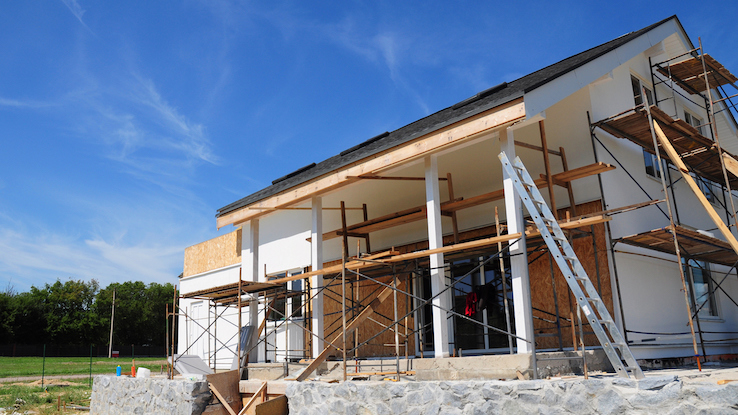
The vast majority of homeowners – around 91%, in fact – think their houses are in need of minor or major updates, repairs, or upgrades. However, inflation pushed the price of home improvements up by 19% during 2022 (based on mid-2022 figures), and prices are continuing to rise in 2023. As a result, some homeowners may look at getting a home improvement loan to handle the expense.
While home improvement loans can provide value, there are downsides to using them. Here’s a look at the drawbacks of using a home improvement loan for renovations, repairs, and upgrades.
Your Home May Become Collateral
Many types of home improvement loans require that homeowners use their house as collateral for the loan. While that can help keep interest rates lower when compared to unsecured loans, secured loans also come with risks.
Failing to make on-time payments can trigger the home improvement loan lender to take action to recoup their costs and secure enough money to cover the remaining principal, current owed interest, and any fees due. With a collateralized home improvement loan, that can mean foreclosing on the house.
With a foreclosure, the lender essentially takes control of the collateralized asset. As a result, a homeowner can effectively lose their home if they don’t repay a home improvement loan based on the terms outlined in the borrowing agreement. Plus, a foreclosure can have a substantial impact on a borrower’s credit history, often leading to a significant decline in their credit score.
Interest Rates and Payments Can Be High
While some home improvement loans come with competitive interest rates, others may have surprisingly high ones. That’s particularly true for unsecured home improvement loans, such as personal loans designed with renovations, updates, or repairs in mind.
Unsecured home improvement loans can have double-digit interest rates, and some may hit over 20% or 30%. As a result, the monthly payments could be high, potentially to the point of becoming unmanageable. That’s particularly problematic if a homeowner borrows a large sum, as the higher principal also means substantial payments are part of the agreement.
Additionally, home improvement loans can come with a range of fees. Origination fees or similar administrative expenses are common. For home improvement loans that are either a new primary mortgage or a second mortgage, there are also closing costs and appraisal expenses in many cases. This can push the total amount owed up, or they may need to get covered out of pocket, making the total cost higher.
You May Need a Higher Credit Score
Generally speaking, the credit score requirements for home improvement loans are higher than for primary mortgages. While some options for getting funds for renovations and repairs end up wrapped into a new primary mortgage – as is the case with a cash-out refinance or similar arrangement – others act as secondary mortgages or separate personal loans. With these, the lender is potentially in a riskier position, so they’ll often make borrowing requirements more stringent.
The exact credit score required does vary by lending product type and lender. Additionally, a variety of other factors are examined during the application review process, such as debt-to-income ratios. Still, it’s critical to note that some home improvement loans are harder to get when compared to a typical primary mortgage.





